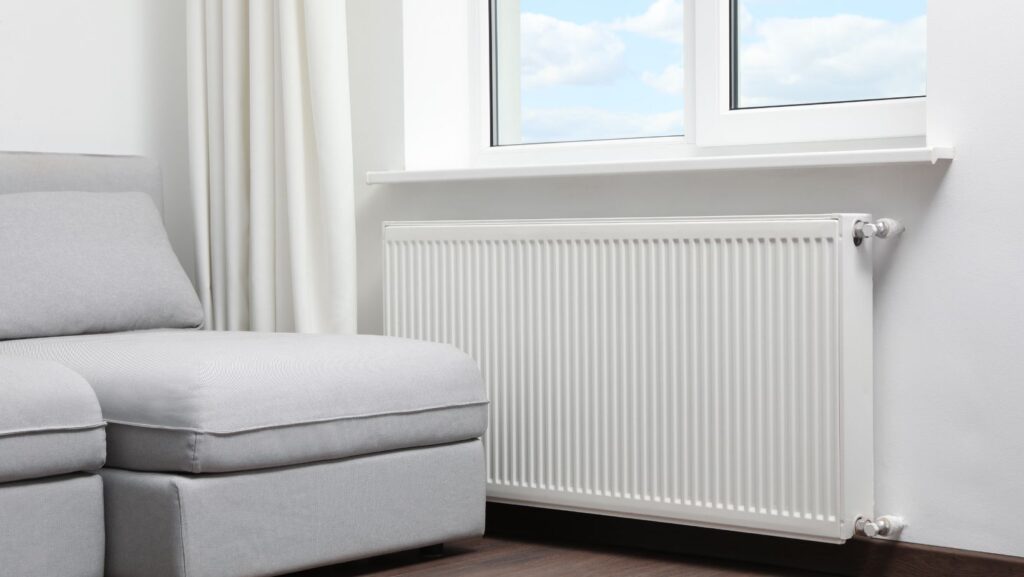When the chilly months roll around, ensuring your home stays warm and comfortable is essential for your well-being. But how do you know if you have the right number of radiators to keep the cold at bay? Let’s delve into how to assess your radiator needs and identify the signs that indicate whether you need more or fewer radiators in your home.
Assessing Your Current Radiator Setup
Evaluating Existing Radiators
Before you decide on adding or removing radiators, take a moment to evaluate your current setup. Check the size and type of each radiator and assess their condition. Are they old and rusty, or do they seem to be working efficiently? This evaluation will give you a better idea of whether your existing radiators are meeting your heating needs.
Calculating BTU Requirements
Understanding the BTU (British Thermal Unit) requirements for each room is a crucial step in determining how many radiators you truly need. To calculate this, measure your room’s dimensions and apply the formula:
BTU
=
Room Area (sq ft)
×
Height (ft)
×
BTU Factor
BTU=Room Area (sq ft)×Height (ft)×BTU Factor
The BTU factor varies based on the room type; for instance, a living room typically has a higher factor than a bedroom. Knowing your room’s BTU needs will help you assess whether your current radiators can keep up with demand.
Signs You Might Need More Radiators
Identifying Cold Spots
One of the most telling signs that you might need more radiators is the presence of cold spots in your home. If certain areas feel chilly even when the heating is on, it may indicate that your current setup isn’t sufficient to heat those spaces effectively. You can buy more from Mr Central Heating.
Inconsistent Heating
Another sign is experiencing inconsistent heating throughout your home. If some rooms are toasty while others remain cold, it’s time to reconsider your radiator arrangement.

This imbalance can lead to discomfort and frustration, especially during the colder months.
High Energy Bills
If your energy bills are creeping up despite your best efforts to maintain a comfortable temperature, it might be a sign that your radiators are underperforming. Insufficient heating can lead to you cranking up the thermostat, which in turn results in higher energy costs.
Changes in Room Usage
Have you recently renovated a room or changed its purpose? If you’re now using a spare bedroom as an office or a playroom, the heating requirements may have changed as well. Be mindful of these changes; they may require additional radiators to ensure comfort in your newly utilized spaces.
Signs You Might Need Fewer Radiators
Overheating Issues
On the flip side, some homes might suffer from overheating issues. If you find that certain rooms are consistently too warm, it may indicate that you have too many radiators or that they are too powerful for the space. This can lead to discomfort and wasted energy.
Energy Efficiency
Reducing the number of radiators can also improve your home’s energy efficiency. Fewer radiators can mean lower energy bills, particularly if you are only heating the spaces that need them.
Space Constraints
Another consideration is space. If your home feels cramped or cluttered due to excessive radiators, it may be worth considering removing some to create a more open and spacious environment.
Signs You Need a New Radiator
They Are Old
Do you know how old your radiators are? Perhaps you’ve been in the same house since it was built and have never updated them. Maybe you moved into an older home, and you know they’ve been around for a while.

Either way, as radiators get older, they become more vulnerable. Not only will they lack efficiency, but they can need to be repaired at any time. So, it works out better to replace them before it gets to the point where they stop working altogether.
Uneven Heating
Do you notice that there are some radiators in your house that are colder than others? This might not be your imagination. Instead, it can be a sign that they’re not working as efficiently as they should be. For example, there could be a blockage or leak, which can be repaired. But, it could be extensive damage or old age, which calls for replacement. So, make sure you don’t suffer from uneven heating in your home, especially during the winter.
Constant Repairs
It can work out expensive when you’re constantly having your radiators repaired. It can also be a hassle when you have to be home for a professional, and you can’t heat up your home. If the repairs keep being a regular occurrence, it’s time to invest in new ones. The radiators are clearly not coping well with their job, which can be for a number of reasons. So, it can work out more cost-effectively by purchasing newer and more efficient designs. So, taking the leap now will pay off later on.
Conclusion
Choosing the right number of radiators for your home is essential for maintaining comfort and efficiency. By understanding your heating needs, assessing your current setup, and recognizing the signs that you might need more or fewer radiators, you can create a warm and inviting living space. Don’t hesitate to make adjustments based on your findings, and remember that professional help is just a call away if you need it.



